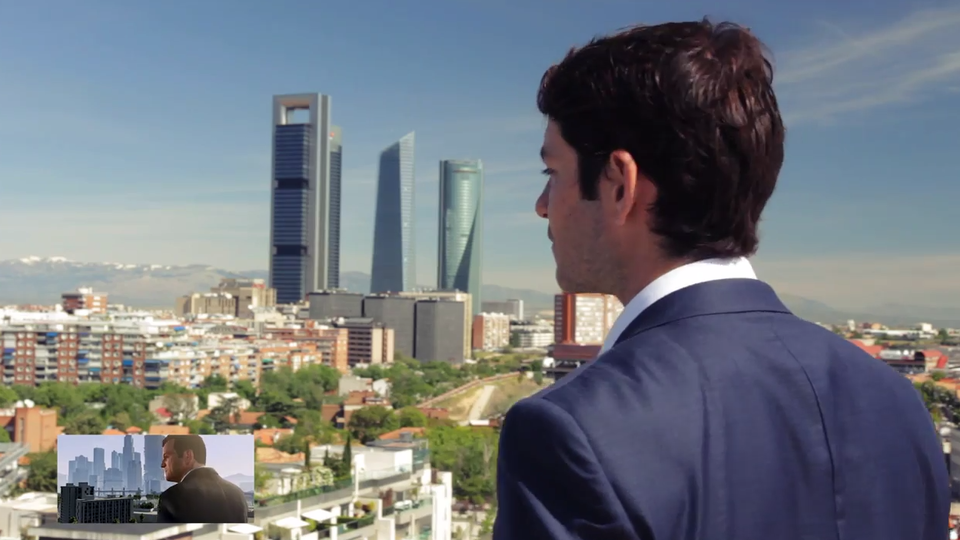Crystalline, bone-crunching chill is at the heart of The Long Dark, an artsy survival simulation set in the unforgiving winter of a Canadian wilderness.
It is not so much an adventure in surviving hostile entities, like
zombies, but in surviving an absence of the things we take for granted:
food, shelter, warmth.
The Long Dark is
also about Canada and its endlessness, how much of the country remains
devoid of human activity and technological comforts. It isn't just about
being outdoors; it is about being on the outside, a common theme in
Canadian fiction.
It is a post-apocalyptic game in which the lovely wintry wilderness
looks much the same as it does now. The forests do not care if the grid
fries itself to death. Snow settles in the branches of firs, regardless
of whether or not faraway traffic lights are working.
As a human lost in the woods, all communications frozen by a
geomagnetic event, the red tooth of nature takes on an especially savage
aspect, as you wander among the trees and logs in search of a way to
stay alive, to push back the cold. The apocalypse is shorthand for 'no
one is coming to save you.'
The game is not interested in the corruption of man-made
civilization, but in the desolation of things barely touched by human
hand. It's about how, when all the
stuff has gone, nature interfaces with humankind. It is dark and very beautiful.
"We live on Vancouver Island," said Raphael van Lierop, creative
director at developer Hinterland Studio. "We're surrounded by this
beautiful natural environment all the time. That was really an
inspiration for the environment in the game. Yes, the mechanics are
really unforgiving and it is really about survival, but you have this
sense of the natural beauty and you want to spend time there."
The Long Dark begins with a flight crashing in the wilderness,
and the emerging realization that faraway civilization has been
crippled. The good news is, you're away from the cities, where things
are bound to be getting ugly. The bad news is, you're way from the city,
where wildness reigns.
Van Lierop, whose previous experience includes stints on AAA projects
at Ubisoft Montreal and Relic, said that the game is inspired both by
his rural Canadian surroundings and by literary explorations of
apocalypse, like Cormac McCarthy's
The Road.
Just like any other survival game, you explore the world, seeking out
useful things. All the time, your health is fading. Cold, hunger and
injuries are all fatal. You survive by observing the world around you,
not by hanging off statistical UI menus. It is a scary game that does
not need to rely on the Slender Man or grotesques. Cold, hunger, thirst
and wolves do plenty of damage.
"The information that you need to succeed is embedded in the world
itself," he explained. "A small detail, like the breath vapor on the
screen, that changes in opacity and intensity based on how cold it is
outside and what your activity level is. You can hear the tone of the
wind might change, and you'll see the wind, the snow will start to pick
up. And you'll realize, 'OK, the weather's changing now, maybe a storm
is coming. I better take shelter.' This is about man versus nature and
trying to just survive against the elements."
At night, the game becomes more difficult, as temperatures drop and
wildlife becomes more active. A player who has failed to take the
necessary precautions during daylight will not survive. This is the
reality of living in the Canadian wilderness.
"This is what it looks like where I live," said van Lierop. "Ten
minutes from my studio, I walk through logging roads and trails that are
very much like this game." He said that there is conflict in the game,
but that "it's really about the exploration, it's really about learning
the environment, it's really about learning how to survive in these
hostile conditions."




























